How BNWAS Can Save Lives
According to the U.S. Coast Guard, thousands of preventable accidents — by far the majority — are due to operator inattention. It’s why the International Maritime Organization (IMO) has required the installation of BNWAS on all passenger and cargo ships over 150gt for more than seven years. BNWAS is also a highly recommended addition for non-mandatory vessels, including many commercial fleet ships and large recreational vessels.
In this article from Foghorn's August 2021 edition, we discuss BNWAS and how it is indispensable for helping to ensure the safety of passengers and cargo at sea.
BNWAS requires the watch officer to signal their presence on the bridge in three- to 12-minute increments by manually resetting a countdown timer. On some systems, the watch officer can reset the timer by simply interacting with other connected navigational electronics. Changing radar parameters, checking the chart, or making an adjustment to other electronics networked to the system can all serve to indicate operator attention and reset the timer. The point is to ensure the operator’s presence and fitness, indicating the watch officer has not fallen asleep, left the bridge for a prolonged period, or otherwise become incapacitated.
When it cannot sense an alert and active operator on the bridge, the BNWAS system reacts in stages, beginning with a flashing bridge alarm followed shortly by an audible bridge alarm. If the watch officer does not respond in a timely fashion, the next stage of the sequence is triggered with the sounding of audible alarm panels in the captain’s or first officer’s cabins. If the alarm continues without action on the bridge to reset the timer, further audible alarms are triggered in other areas of the ship where crew are generally found, signaling the absence or incapacity of the officer on the bridge. Of course, all of this can be avoided by simply interacting with the networked electronics.
Click Here to download a PDF of the article, or Click Here to read the article in the August 2021 online edition of Foghorn Magazine.


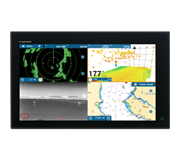 NavNet MFDs
NavNet MFDs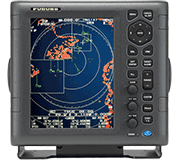 Radars
Radars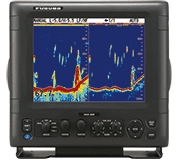 Fish Finders & Transducers
Fish Finders & Transducers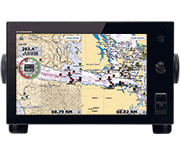 GPS & Chart Plotters
GPS & Chart Plotters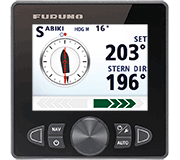 Autopilots
Autopilots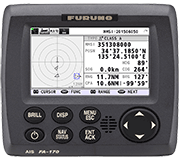 Navigation
Navigation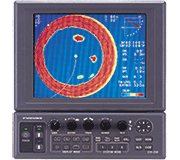 Sonars
Sonars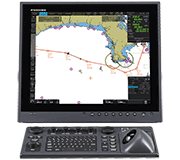 Commercial
Commercial